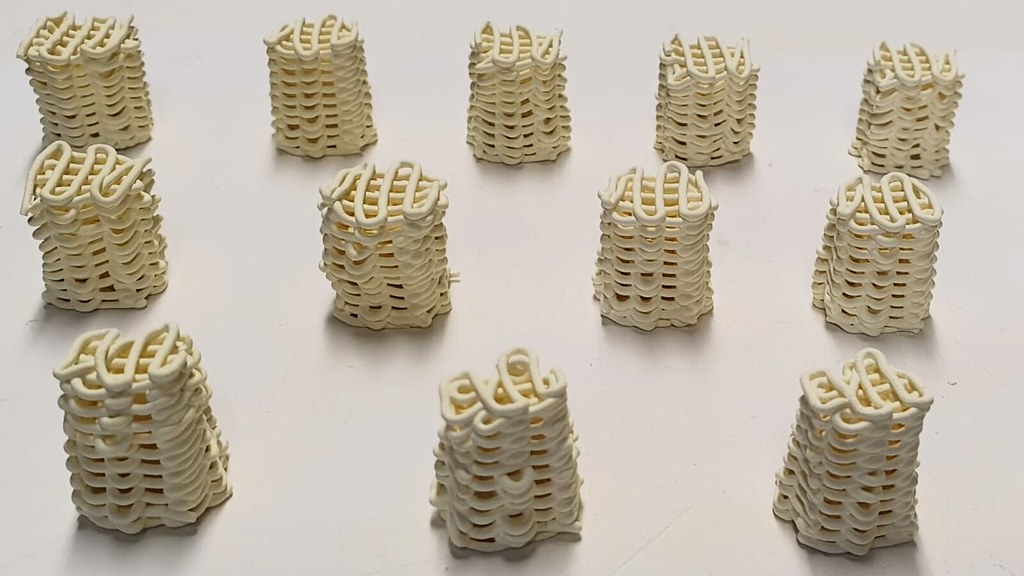“Engineers have invented a new way to remove health-harming ‘forever chemicals’ from water – using 3D printing.
Researchers at the University of Bath say their method, using ceramic-infused lattices (or ‘monoliths’), removes at least 75% of perfluorooctanoic acid (PFOA), one of the most common perfluoroalkyl and polyfluoroalkyl substance (PFAS), from water, and could become an important tool in future efforts to eliminate the chemicals from water supplies.
Their findings were published this week in The Chemical Engineering Journal.”
[…]
“Testing of the monoliths has surprisingly shown they have become more effective under repeated use – they undergo high-temperature thermal ‘regeneration’ treatment after each use. This is something the researchers are keen to understand more fully with further experimentation.”



With the amount of open bed, cheaper printers, a lot. Keeping them inside does not prevent them from entering the environment. As well we need to breath to start with, so airflow will take it outside. Add vacuum cleaning and waste disposal. Unless the plastics are trapped and melted into larger clumps. They get into the environment. This is why they are so dangerous.
Even with enclosed printers. Unless very well filtered and some plan for disposal of that filter that prevents this. It’s just an extra delay.
Some plastic types are better than others. And I honestly think development of thermo plastic replacements is better than stopping 3d printing.
there are some PLA derivatives designed to compost quickly, PLA itself will probably compost faster than most other plastics, not that that’s a very high bar